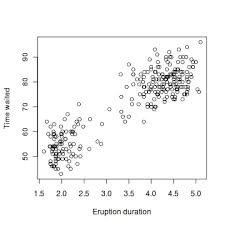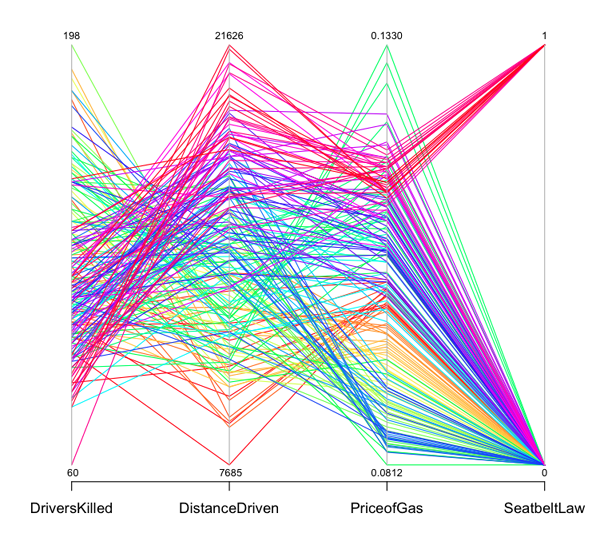- a)
- What is the median of these ages? Explain.
- b)
- What is the mode of these ages? Explain.
- c)
- How would you obtain the difference between the 99% percentile and the 10% of this set of ages, in R? e o percentil 1% deste conjunto de idades.
- d)
- What are the results of normalizing and standardizing these data?
- a)
- Apply normalization and standardization to this new set of data.
- b)
- Should you give any preference to apply normalization or standardization to this new set of data?
- a)
- What is the objective of boxplot graphs?
- b)
- What are the functions of the spread measures: ``range'' and ``interquartile range''. Is there any advantage of using one over the other?
- c)
- What other spread measures can we use to analyse data?
| Inst/Var | V1 | V2 |
| I1 | 1.5 | 1.7 |
| I2 | 2 | 1.9 |
| I3 | 1.6 | 1.8 |
| I4 | 1.2 | 1.5 |
Given a new observation (1.4,1.6), which two observations in the table are nearer the new data point, using the Euclidean distance?

